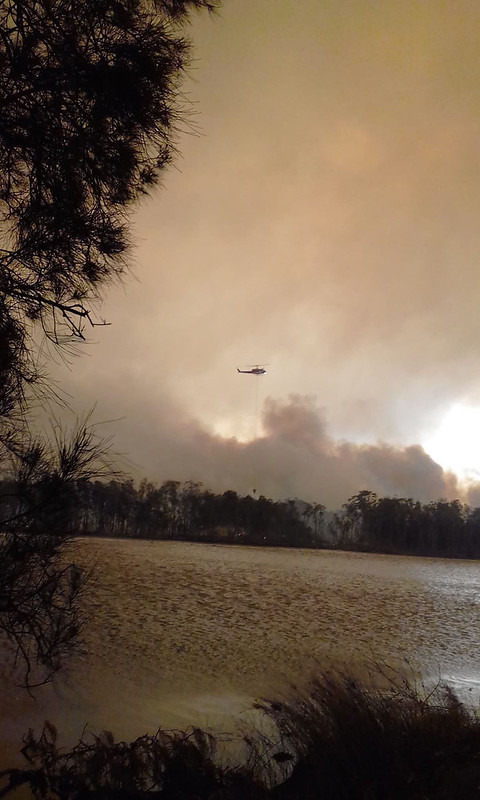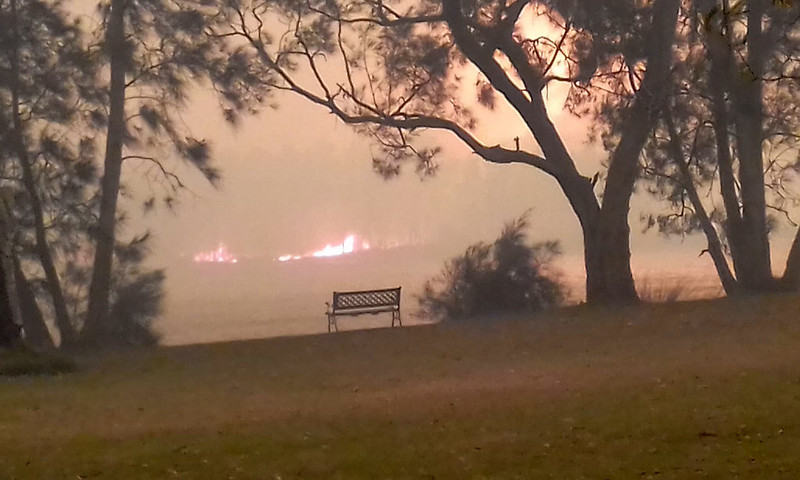I spent much of today… making a salad.
Usually a salad you just chop a few things and toss them in a bowl. Done in five minutes. Not this one.
I started first thing in the morning, by putting some dried chick peas into a pot and covering them with water to soak for several hours. After lunch, I boiled them for a half hour or so, then let them cool slowly. Then I tipped them out and dried them thoroughly, then spread them on a baking tray. Into a hot oven for 20 minutes, checking and giving them a shake every few minutes. At this point several of the peas popped, like popcorn, and flew across the oven, ending up on the oven floor. After 20 minutes I took them out, put them in a bowl, added olive oil, salt, and some garam masala, gave them a stir, and then back onto the baking tray and into the oven for another 10 minutes.
Meanwhile I chopped some cauliflower into small florets, mixed them with olive oil, salt, cumin, and chilli powder in a bowl. When the chick peas came out, I poured them into a bowl to cool while I placed the cauliflower on the tray, and then into the oven to bake for half an hour, turning them occasionally.
While the cauliflower cooled after baking, I opened a pomegranate and extracted the arils – a job which takes about 20 minutes just by itself. Then I toasted some pine nuts in a frying pan. And finally, just before dinner this evening, I combined all the ingredients, with some tahini and a drizzle of caramelised balsamic vinegar, while I fried up some vegetarian sausages to go with the salad.
The salad turned out spectacular, if I do say so myself. My wife and I both loved it. The chick peas were crunchy and flavourful, the cauliflower provided tenderness, the pomegranate sweetness, the tahini nuttiness, and the vinegar a bit more sweetness as well as sourness. And there was just enough spice plus heat from the chilli to make it even more interesting. Absolutely delicious, and I’m glad I spent so long making it.
Otherwise today, I watched a bunch of cricket on the tele, and I wrote a bunch of rerun annotations for Irregular Webcomic! Oh, and I finally changed the IWC poll question, to something seasonal.
New content today:






